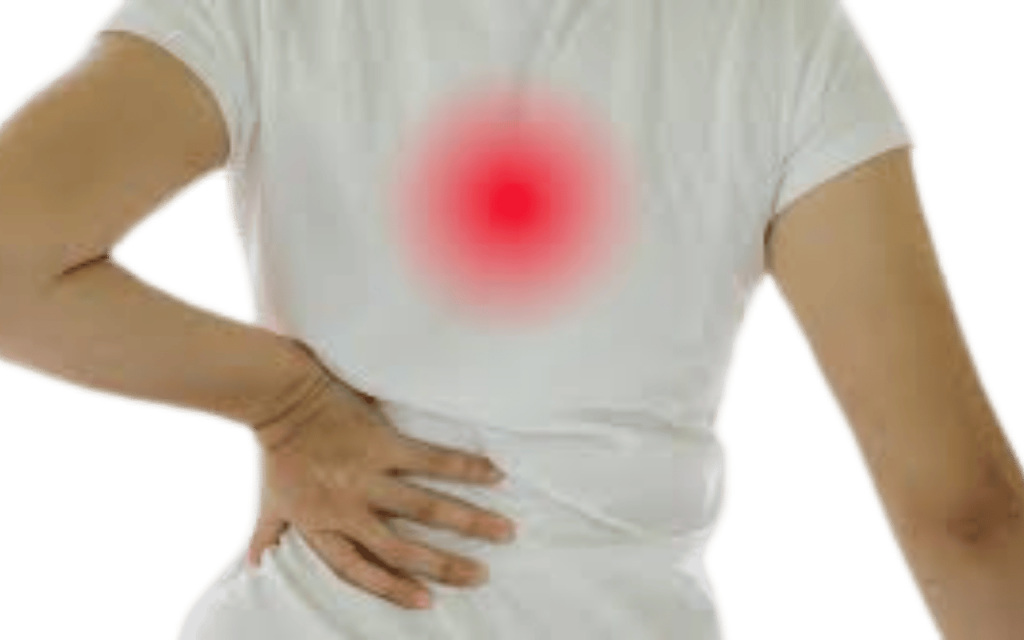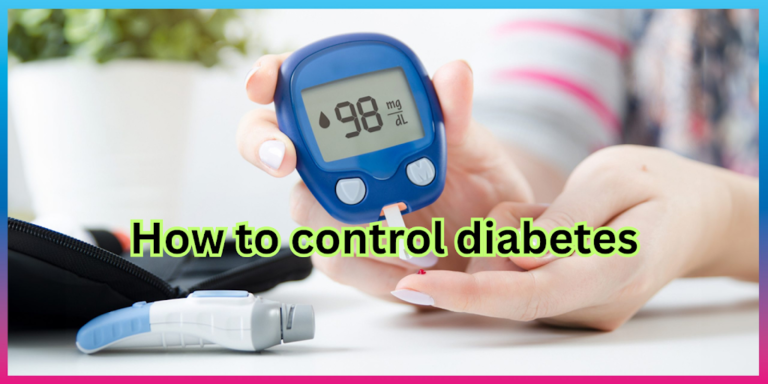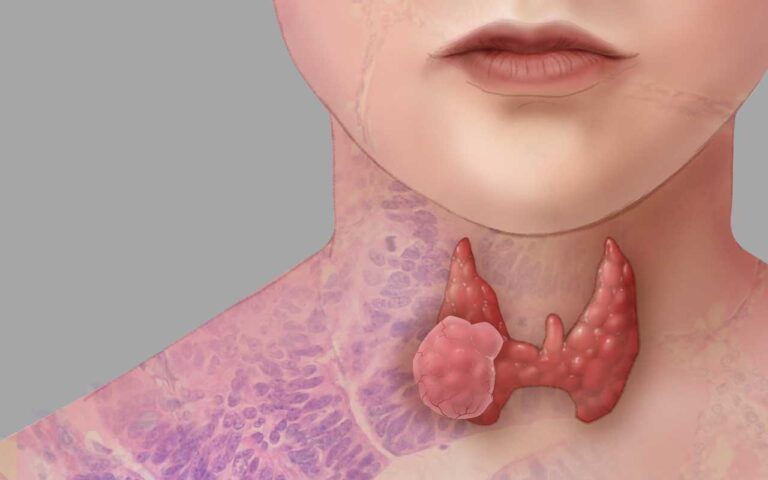Back pain : Symptoms, causes & Treatment
Back pain is one of the most common health complaints worldwide. It can range from a dull, constant ache to a sudden, sharp pain that makes it hard to move. Understanding the symptoms, causes, and treatment options is essential for managing this condition effectively.
Symptoms of Back Pain (Back pain symptoms)
- Muscle Ache: A constant, dull ache in the lower or upper back.
- Shooting or Stabbing Pain: Sharp pain that can radiate down the legs (sciatica) or up into the shoulders.
- Limited Flexibility: Difficulty in moving or a reduced range of motion.
- Localized Pain: Pain in a specific area of the back.
- Pain that Worsens with Movement: Pain that intensifies with bending, lifting, standing, or walking.
- Numbness or Tingling: In severe cases, there may be numbness, tingling, or weakness in one or both legs.
Types of back pain
Back pain can be classified into acute, chronic, and neuropathic. Acute pain is short-term, chronic pain persists over months, and neuropathic pain arises from nerve damage. Proper diagnosis is crucial for effective treatment.
Causes of Back Pain
Several factors can contribute to back pain, including: (What causes back pain in females)
- Muscle or Ligament Strain: Repeated heavy lifting or a sudden awkward movement can strain back muscles and spinal ligaments.
- Bulging or Ruptured Discs: Discs act as cushions between the bones (vertebrae) in your spine. The soft material inside a disc can bulge or rupture and press on a nerve.
- Arthritis: Osteoarthritis can affect the lower back. In some cases, arthritis in the spine can lead to a narrowing of the space around the spinal cord (spinal stenosis).
- Skeletal Irregularities: Conditions like scoliosis, a curvature of the spine, can lead to back pain, but generally not until middle age.
- Osteoporosis: Your spine’s vertebrae can develop painful fractures if your bones become porous and brittle.
- Poor Posture: Long-term poor posture can lead to chronic back pain (Upper back pain causes).
- Lower back pain causes male: Lower back pain in males can be caused by muscle strain, herniated discs, arthritis, poor posture, kidney stones, or infections. Risk factors include heavy lifting, obesity, and sedentary lifestyles.
- Sedentary Lifestyle: Lack of physical activity can contribute to the weakening of muscles, making them more prone to injury and pain.
- Obesity: Excess weight can put additional strain on the back muscles and spine.

What causes lower back pain in females
Lower back pain in females can be caused by various factors including menstrual cycle, pregnancy, hormonal changes, poor posture, muscle strain, obesity, and conditions like endometriosis, fibroids, or arthritis. Regular exercise and proper ergonomics can help alleviate symptoms.
Diagnosis of Back Pain
- Physical Examination: The doctor examines your back and assesses your ability to sit, stand, walk, and lift your legs. This helps determine the source of your pain and its impact on your movement.
- Imaging Tests: X-rays, MRI, or CT scans can provide detailed images of your spine and help identify issues such as bone problems, herniated discs, or problems with the muscles and ligaments.
- Blood Tests: These can help determine whether an infection or other condition might be causing the pain.
- Nerve Studies: Electromyography (EMG) measures the electrical impulses produced by the nerves and the responses of your muscles.
Treatment of Back Pain
Treatment for back pain can vary depending on the severity and underlying cause. Here are some common approaches:
Non-Surgical Treatments
Medications:
- Pain Relievers: Over-the-counter (OTC) pain relievers like ibuprofen or acetaminophen.
- Muscle Relaxants: Prescribed for short-term use to relieve severe muscle pain.
- Topical Pain Relievers: Creams or gels applied to the skin.
- Narcotics: For severe pain, these are prescribed for a short duration.
Physical Therapy:
A physical therapist can teach you exercises to increase your flexibility, strengthen your back and abdominal muscles, and improve your posture.
Side Effects of Mobile Phones: Part 1
Lifestyle Modifications:
- Exercise: Regular low-impact aerobic activities.
- Weight Loss: Maintaining a healthy weight.
- Ergonomics: Proper techniques and furniture to support good posture.
Alternative Therapies:
- Chiropractic Care: Spinal manipulation by a chiropractor.
- Acupuncture: Thin needles inserted into specific points on the body.
- Massage Therapy: Can help relieve muscle tension.
Surgical Treatments
Surgery is typically reserved for cases where structural problems are causing severe pain or nerve compression. Common surgical options include: (Back pain treatment)
- Discectomy: Removal of a herniated portion of a disc to relieve nerve pressure.
- Laminectomy: Removal of part of the vertebra to widen the spinal canal and relieve pressure on the spinal cord or nerves.
- Spinal Fusion: Joining two or more vertebrae together to stabilize the spine.
Preventing Back Pain
While it’s not always possible to prevent back pain, there are steps you can take to reduce your risk:
- Exercise Regularly: Strengthen your back and abdominal muscles.
- Maintain a Healthy Weight: Excess weight puts strain on your back.
- Use Proper Lifting Techniques: Bend your knees and keep your back straight.
- Improve Your Posture: Ensure your workstation is ergonomically sound.
- Quit Smoking: Smoking can contribute to back pain by reducing blood flow to the spine.
Regular exercise (Back pain exercises), maintaining a healthy weight, and practicing good posture are essential steps in preventing and managing back pain.








One Comment